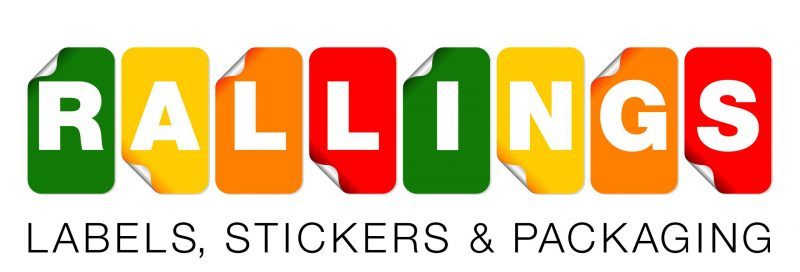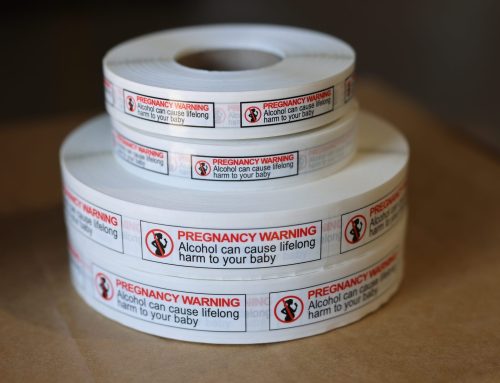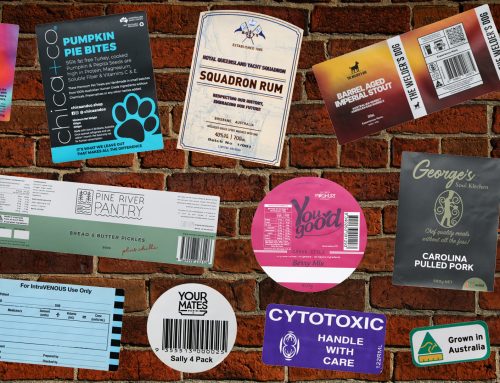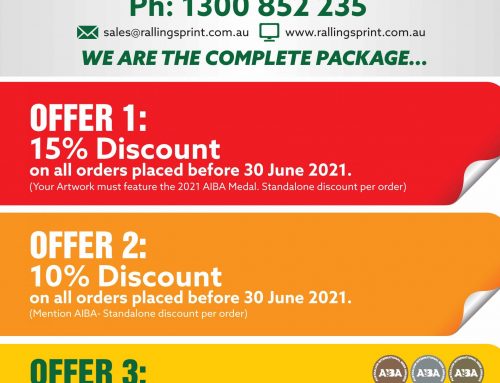Face stocks are a very important part of any label conversation.
It is the process of printing information or graphics on a material, commonly referred to as the face stock, which is then applied to the product or packaging. Label printing is used to provide information about a product, to create brand awareness and to make the product stand out on a retail shelf. There are various face stocks available for label printing, each with its own unique characteristics and uses.
The most common face stocks used in label printing are paper-based. These are cost-effective and suitable for most labelling applications. There are several types of paper-based face stocks, including uncoated paper, coated paper, and thermal transfer paper.
Uncoated paper is a plain, untreated paper that is suitable for printing barcodes and text. When printed, the ink tends to be absorbed by the uncoated nature of the paper and gives it a flat dull looking finish.
Coated paper is treated with a coating that makes it more durable and resistant to water and moisture. This type of face stock is ideal for printing high-quality images and graphics. As opposed to an Uncoated Paper stock, the ink will sit on top of the coating and it will refract the light differently and give labels a much sharper looking print.
Often when clients want a matt finish, we will suggest that they print onto a coated stock, to give them a sharper print, and we will then either put a matt varnish or matt laminate over the top to achieve the matt finish.
Thermal transfer paper is coated with a heat-sensitive layer that is activated when exposed to heat from a thermal transfer printer. It is commonly used for printing barcodes and other variable information. Thermal Transfer is a very basic looking label generally.
Another type of face stock used in label printing is film-based. Film-based face stocks are more durable and resistant to tear, water, and chemicals than paper-based face stocks. There are several types of film-based face stocks available, including polypropylene, polyester, and vinyl. These films come in clear, white and silver.
The example shown below is a clear label, which has been printed CMYK with an opaque white behind the image to give it opacity. The label appears to disappear into the can and gives it a look of a printed can.

Polypropylene is a flexible and durable material that is resistant to moisture, chemicals, and tearing. It is commonly used for labelling products that are exposed to harsh environments such as food and beverage packaging.
Polyester is a rigid and durable material that is resistant to high temperatures, chemicals, and UV light. It is commonly used for labelling products that are exposed to extreme temperatures, such as automotive and industrial applications.
Vinyl is a flexible and durable material that is resistant to water, chemicals, and tearing. It is commonly used for labelling products that are exposed to outdoor environments, such as signage, banners and can be used in car and boat graphics etc.
Metalized face stocks are also available for label printing. These are synthetic stocks that have been coated with a thin layer of metal, usually aluminium. Metalized face stocks provide a high-quality, metallic appearance and are commonly used for labelling luxury products such as cosmetics, wine, and spirits.
So basically there are various face stocks available for label printing, each with its unique characteristics and uses. That’s where we come in! But here is your snapshot:
Paper-based face stocks are cost-effective and suitable for most labelling applications.
Film-based face stocks are more durable and resistant to tear, water, and chemicals than paper-based face stocks.
Metalized face stocks provide a high-quality, metallic appearance and are commonly used for labelling luxury products.
The example shows the effect of using the ink on the silver background to give the label a Gold metallic look by printing yellow over the silver stock, thus turning the yellow to gold.

When choosing a face stock for label printing, it is essential to consider the environment in which the product will be used and the printing technology that will be used to print on the face stock. We’ve spent yers mastering this so you don’t have to! Get in touch with us today, simply tell us what you’re trying to achieve and we will map out the best way to go about it.





